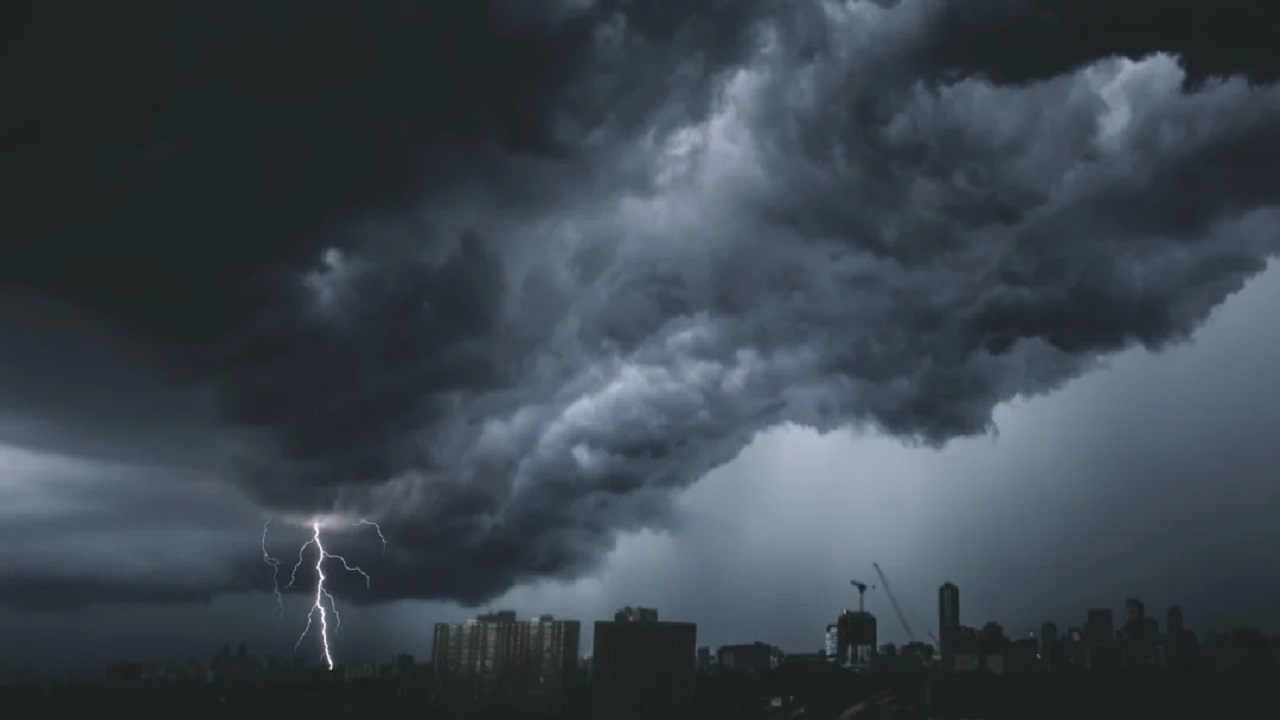India’s Drone Modernisation : From Reconnaissance to Strategic Dominance
Context
The second Nagorno-Karabakh conflict (2020) marked a significant transformation in modern warfare, with drones becoming a decisive element in combat. This evolution was reinforced for India and Pakistan during Operation Sindoor (May 7–10), where Unmanned Aerial Vehicles (UAVs) and Unmanned Combat Aerial Vehicles (UCAVs) moved beyond surveillance to deliver precision strikes. The shift from reconnaissance to decisive strike capabilities has created new opportunities and challenges for India in both national defence and the Indo-Pacific drone market.
Introduction
The changing nature of warfare has placed UAVs at the centre of military strategy. For India, the lessons from Operation Sindoor have highlighted the urgent need to modernise its UAV fleet, diversify procurement strategies, and explore opportunities for defence diplomacy in the Indo-Pacific. The decline of U.S. dominance in the drone export market, coupled with rising China–India strategic competition, has further underlined the importance of indigenous capacity-building and export potential.
India’s Push for Drone Modernisation
-
Following Operation Sindoor, India has intensified its focus on modernising UAV capabilities.
-
In 2024, India procured 31 MQ-9B Reapers from the U.S., including SkyGuardian and SeaGuardian variants, to boost maritime surveillance and strategic cooperation.
-
These meet only part of India’s diverse defence needs, which include high-altitude, long-range fixed-wing drones for heavy payload strikes and smaller, cost-effective systems for targeted missions in contested border regions.
-
Current assets include older Israeli systems such as the Harop loitering munition and Heron medium-altitude drones, which remain effective but lag behind cutting-edge models.
-
Much of the UAV fleet consists of legacy imports from before the last decade, with limited indigenous platforms, indicating the need for faster and broader upgrades.
India’s Evolving Procurement Strategy
-
India is shifting from reliance on complete U.S. UAV systems to acquiring critical American components like power plants and electronic payloads, while sourcing or manufacturing the rest domestically.
-
The global UAV market is led by the U.S., China, Türkiye, and Israel, but the U.S. held only 8% of the export market by the end of 2023, partly due to strict Missile Technology Control Regime (MTCR) compliance.
-
India is addressing capability gaps through imports, joint ventures, and domestic production, with Israel and select European suppliers as main partners.
-
Strained ties with China and Türkiye limit the possibility of sourcing technology from these countries.
-
India aims to develop capabilities to become a fixed-wing UAV supplier for the Indo-Pacific, catering to both domestic and regional needs.
China’s Influence and India’s Strategic Opportunity
-
Several Indo-Pacific nations, including Vietnam, the Philippines, Taiwan, South Korea, and Japan, face maritime disputes with China.
-
Maritime Domain Awareness (MDA) is essential to counter China’s gray-zone tactics, which involve coercive actions short of open warfare.
-
Israel’s defence export capacity is currently constrained by the ongoing West Asia conflict, while Türkiye has become a major global drone supplier.
-
Given adversarial ties with Türkiye, India has a strategic interest in limiting Ankara’s influence in the region through drone diplomacy.
-
Many Indo-Pacific nations share operational needs similar to India’s, such as high-altitude border surveillance and maritime monitoring, making them potential markets for Indian UAV exports.
India’s Opportunity in the Indo-Pacific Drone Market
-
The decline of U.S. dominance in the region’s drone market has created a strategic gap India can fill.
-
By building tailored UAV systems, India can meet its own defence requirements and expand geopolitical influence through exports.
-
Challenges include bureaucratic inefficiency and an over-reliance on the public sector in defence manufacturing.
-
Leveraging strong defence ties with Israel and joint venture experience can accelerate indigenous capacity-building.
-
Technology-sharing frameworks with like-minded Indo-Pacific nations can enhance trust and strategic cooperation.
Conclusion
India’s ability to develop and export customised UAVs offers a dual advantage: securing national security interests and strengthening strategic partnerships in the Indo-Pacific. This approach can help counter China’s growing influence, reduce dependence on traditional suppliers, and position India as a key regional defence partner.




Comments (0)